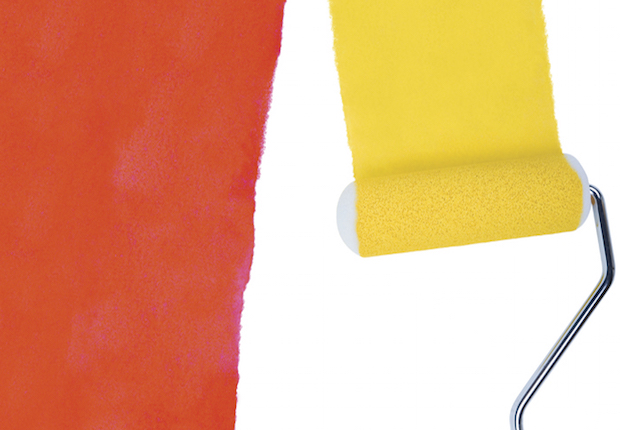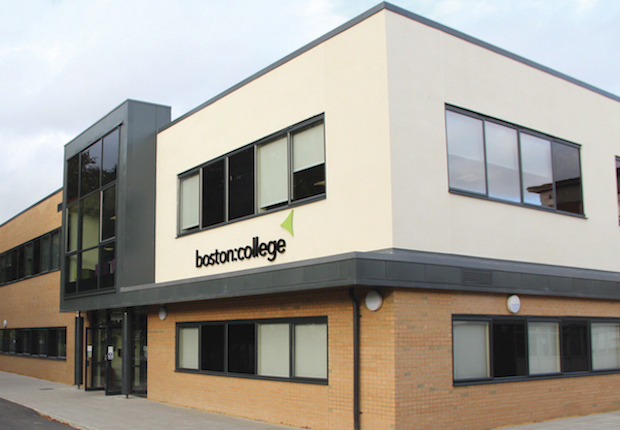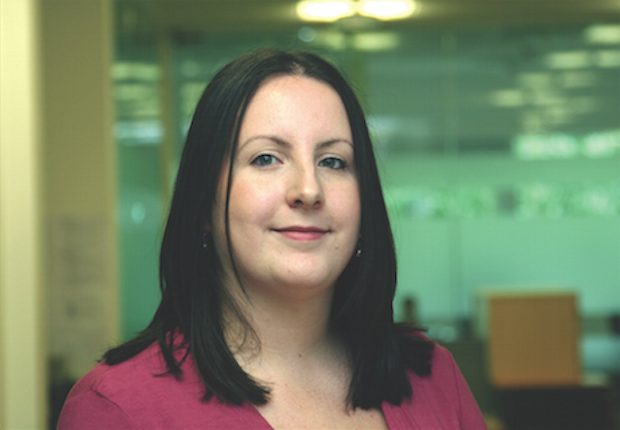
Need to know:
- Considering cost and employees’ needs is vital when choosing between health cash plans and private medical insurance (PMI).
- Health cash plans sit well alongside other healthcare benefits, including PMI.
- Cash plans have been developed to meet the increasingly diverse needs of organisations and their staff.
Health cash plans are policies employers can offer their staff to reimburse the partial or full cost of everyday health treatments such as employee assistance programmes (EAPs), dental appointments and hospital inpatient care. They are a preventative way of offering employees health and wellbeing benefits, whereas private medical insurance (PMI) covers the treatment of curable, short-term conditions or accidents, such as outpatient procedures and diagnostic tests.
Different needs
Health cash plans also sit well alongside other healthcare benefits, including PMI, and although the two differ, employers may opt to offer both to cover all manner of employees’ needs.
Paul Gambon, sales director at Medicash, says: “Health cash plans cover the everyday health needs of employees, whereas PMI is [used in] the eventuality should something more severe, [such as] a long-term health condition, occur.”
Successfully implementing a health cash plan requires employers to align their plan with employees’ healthcare needs by identifying which staff would benefit most from cover. This can be conducted through methods such as face-to-face conversations and staff surveys.
Deciding which option is best for an organisation and its employees is also dependent on both parties’ budgets. Peter McAndrew, sales director at health cash plan provider Health Shield Friendly Society, says: “Cash plans are great if an organisation can’t afford PMI for all.”
Innovating benefits
In recent years, innovations in the cash plan market includes the addition of options such as EAPs and extending access to services such as Best Doctors, which allows employees to obtain medical advice about health complaints.
Some corporate healthcare providers also offer employee wellbeing support, for example, Health Shield enables employees to claim for nutritional therapy and Indian head massage. Options such as these reflect the diverse range of health and wellbeing issues that cash plans can now cover.
Brian Hall, managing director of BHSF, says: “The [employee benefits] industry needs to accept that PMI and health cash plans are very different, but both have a place. Comparing them is like comparing a speed boat with skis; both can be good but have very different purposes.”
Combining benefits
Once employers have analysed employees’ healthcare needs, they must decide which benefits are most suitable for them. It may be that offering both PMI and a health cash plan is the best fit for an employer’s workforce. Gambon says: “The two are often combined because they fit together really well to cover everything.”
Investing in a bespoke health cash plan can encourage employees to engage with benefits their employer is offering through the process of selecting what is most suitable for them. However, this can be expensive and may not be an option for smaller organisations or those with tighter budgets.
Cost implications
From the employers’ perspective, health cash plans are a cost-effective way to support everyday healthcare needs. They can also help employers to alleviate the financial strain of healthcare provision, as well as help to reduce sickness absence and boost staff retention and morale.
McAndrew says: “Cost is the main driver of the health cash plan’s popularity because it is an inexpensive way to cover an entire workforce. Cash plans look at everyday healthcare needs and they’re more holistic. The big differentiator is price.”
The fact that employees tend to utilise cash plans more often than PMI on a day-to-day basis, due to the nature of their cover, can boost their engagement with these. Paul Shires, executive director, sales and marketing at Westfield Health, says: “The average employee claims twice a year on their cash plan, which is a really great and easy way to get good engagement, plus health cash plans are much more affordable than PMI.”
Employers therefore need to carefully calculate their healthcare budget to ensure that what they offer will have the intended effect and meet objectives at the desired cost.
Issues such as the ageing workforce, available budgets and employees’ different lifestyles and personal situations, mean that choice is essential when considering a health cash plan or PMI. Employers need to take employee data into careful consideration when creating a healthcare strategy, so that all employees’ needs are recognised. Sarah Brannan, senior consultant at Xerox HR Services, says: “Employers have to appeal to an increasingly diverse workforce with different needs, so if they look at employee data they can work out what their workforce’s main healthcare issues are.”
Business objectives
According to LaingBuisson’s Health cover UK market report 2015, published in June 2015, there were 3.94 million PMI policies at the start of 2015, compared to 3.97 million in 2014. The research also found that employer-paid PMI policies fell by around 14,000 in 2014. Employers should look at what other organisations offer staff, and therefore what their existing and potential employees will expect of them.
Gambon says: “Which one is most suitable for an organisation depends on its nature, budget and staff in terms of age profile and salaries. Both PMI and health cash plans promote health and wellbeing, but whichever one an employer chooses must depend on what the organisation is trying to achieve or improve. Both need to be well communicated, with a particular focus on explaining what they entail for workers.”
Health cash plans could become even more inclusive in the future as corporate healthcare providers expand to offer cover for a broader range of treatments and services. Their design is also becoming more flexible to help employers better manage health budgets, and employees to manage their health. But while cash plans could offer a cost-effective, viable alternative to private medical insurance for some employers, it is essential that employers consider their budget, employee demographics, and the options on offer when considering whether to opt for PMI, a health cash plan or both within their healthcare and wellbeing strategies.
 Boston College health cash plan offering helps to reduce sickness absence
Boston College health cash plan offering helps to reduce sickness absence
Boston College offers a health cash plan to all of its 450 employees, irrespective of their level of seniority or the number of contracted hours they work. Its health cash plan, provided by Westfield Health, has helped to reduce staff sickness absence rates by 28%; employee absence rates for the entire workforce fell from 4,114 days in 2011 and 2012 to 2,955 days in 2013 and 2014.
The plan also enables staff to pay towards health resources they may not otherwise have access to, such as acupuncture and osteopathy, as well as an employee assistance programme (EAP).
Tim Millington, human resources manager at Boston College, says: “There is no doubt that there are some additional benefits to PMI compared to a health cash plan.
“[But] further education has suffered badly under the austerity measures introduced over the last few years, and we have to recognise people’s financial restrictions at the college.”
Millington adds that Boston College’s health cash plan adheres to employees’ needs effectively, and explains that budgetary constraints mean the college cannot offer PMI as well. “We have found the cash plan to be a very well-received employee benefit offering excellent value for money for [employees], and providing great results in staff engagement and staff absence,” he explains.
 Viewpoint: Health cash plans and PMI proactively support staff
Viewpoint: Health cash plans and PMI proactively support staff
The National House Building Council’s (NHBC) health and wellbeing strategy is supported by benefits that help to attract and retain talent. We want to be proactive rather than reactive when it comes to wellbeing, ensuring that our employees are well at work and as productive as possible, and to support them if they become ill.
We offer various health benefits, including gym membership and bikes via salary sacrifice, an employee assistance programme (EAP), mini health checks, eye tests and part-funded hearing aids. We also offer private medical insurance (PMI) alongside a cash plan that employees fund.
Cash plans are cost-effective and straightforward, and employers can tailor them to suit the workforce demographic, hence they have a wide appeal. They are all about prevention; employees do not need to be ill to claim. A cash plan helps employees to meet their everyday health needs and to take responsibility for their own health.
However, in cases of serious illness, which are often unexpected and expensive, PMI is a valuable benefit. PMI gives employees quick access to diagnosis and treatment when they need it most. Employers can tailor the cover to suit the demographic of their workforce. At NHBC, we have added enhanced musculoskeletal cover to help reduce related absence. But PMI cover comes at a cost, and a peak in claims can make the benefit increasingly expensive.
PMI and cash plans can be integrated and complement one another, and, as with all benefits, the employer should align these to the objectives of its health and wellbeing strategy, monitor trends in the organisation, then adapt what is on offer to suit the changing needs of the business and employees. Most importantly, employers need to market what they are offering to drive take-up.
Louise Neilson is reward manager at NHBC